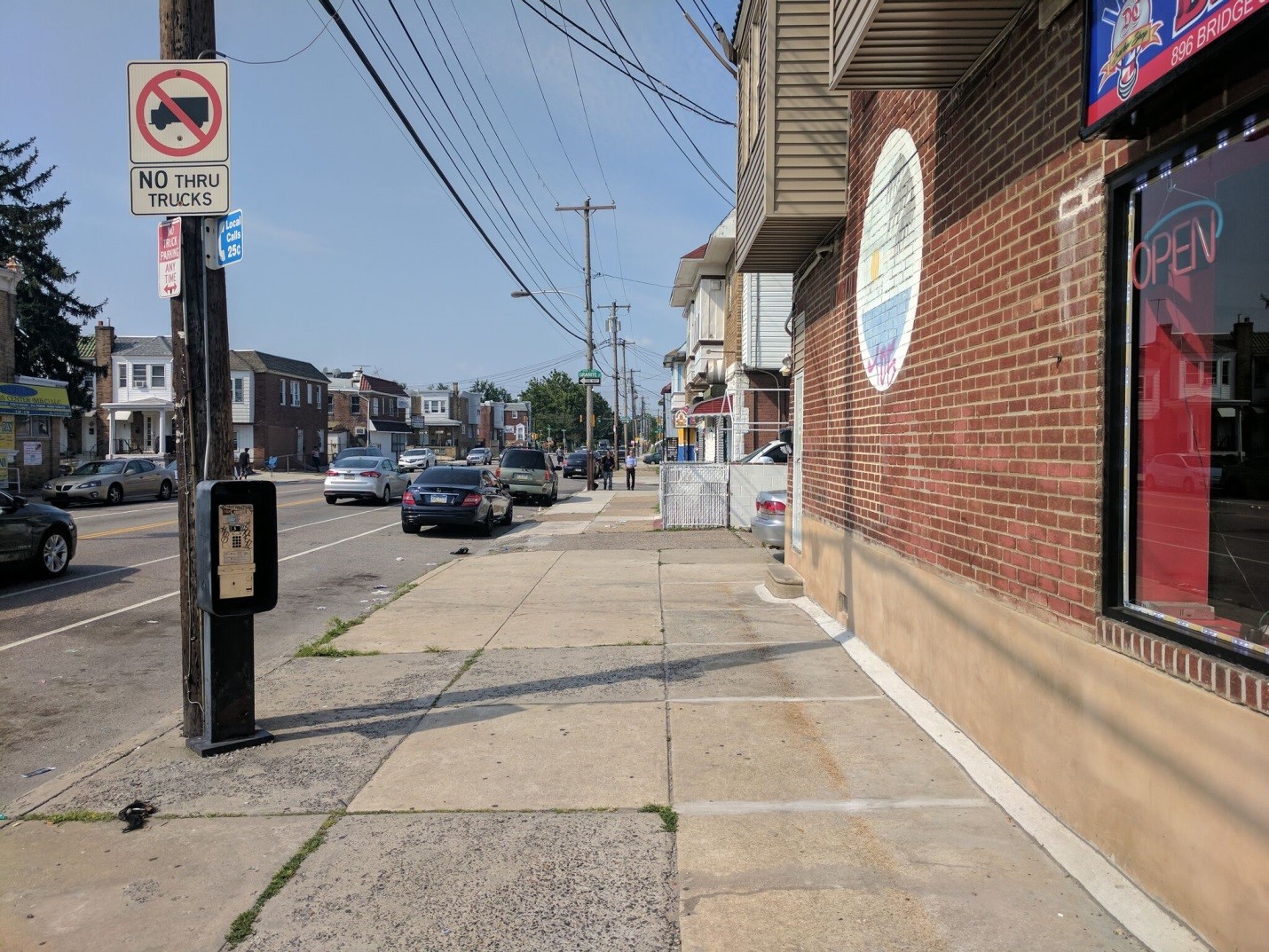The May 16 news report that the Philadelphia District Attorney’s Office has dropped charges against Dontia Patterson (http://www.philly.com/philly/news/crime/judge-approves-philly-das-request-clears-man-of-murder-after-11-years-behind-bars-20180516.html ) because he was wrongfully convicted and is actually innocent prompted a retort from the original prosecutor that this is a “horrific travesty of justice.” The case raised claims of actual innocence and of the failure to reveal to the defense information in the police file of an alternative suspect.
I write here not to address the latter but to respond to the claim that this is a travesty of justice and that the conviction is valid because the case against Patterson “was not weak” and two witnesses identified him. What the prosecutor omitted is that neither witness could actually see the face of the shooter.
How can this be, and how could a jury have convicted in such circumstances? I was asked by the Pennsylvania Innocence Project to review Mr. Patterson’s case to see whether, based on the science of eyewitness perception and memory, it was possible that an innocent man had been convicted. In a case where the crime took only a few seconds and the witnesses were well over 100 feet away, that possibility was high.
A review of the trial transcript showed that Mr. Patterson’s own lawyer never demonstrated that the eyewitnesses could not have seen the shooter. A trip to the scene – apparently never undertaken by defense counsel – made this clear.
The above photograph was taken from precisely where the two witnesses stood. It was taken under the clearest viewing conditions possible – a bright sunny day. Where the two people are standing is where the murder occurred.
If the trial prosecutor had visited the scene and stood where the witnesses were, he should never have presented this identification testimony; and if he did not go there, he never knew what a simple photo shows – that “two eyewitnesses” do not equal convincing proof.
The Patterson case involves a separate, and deeply disturbing claim – whether information about who might have been the real killer, information known to police one day after the shooting, was not disclosed to the defense. However that is resolved, it is simply wrong to claim that the conviction is solid when it was based on a claim of “I saw the shooter” when the capacity of the human eye makes that impossible. It is no “horrific travesty of justice” to free Dontia Patterson.


